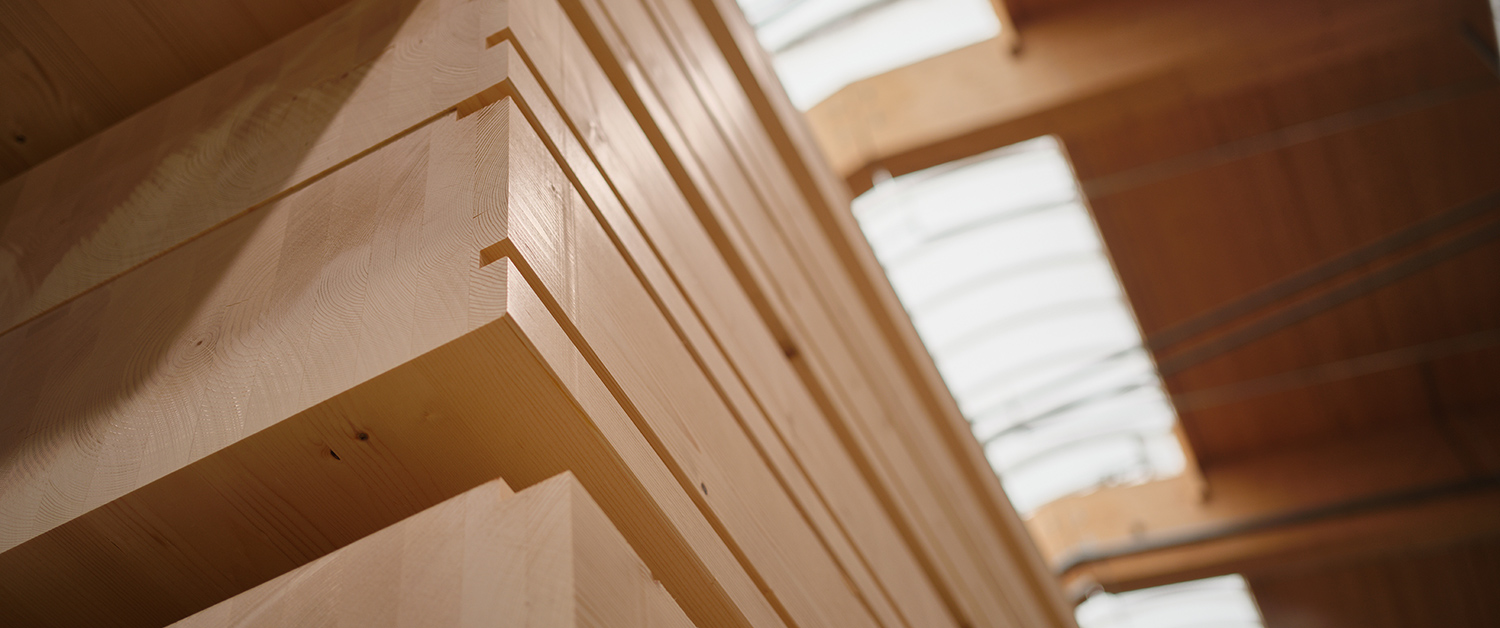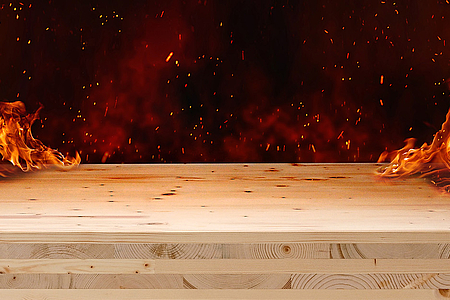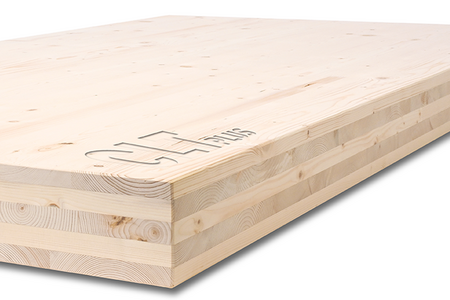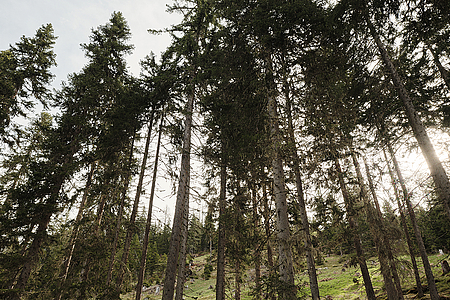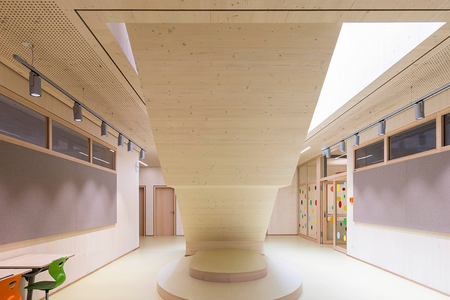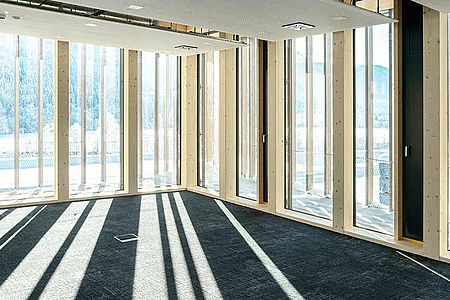Sound Insulation in Solid Wood Construction
THEURL, a partner in the research project - Sound.Wood.Austria
In both work and residential settings appropriate sound insulation is essential to maintain peace of mind in an increasingly noisy environment. Natural and sustainable materials also contribute to a healthy atmosphere indoors.
However, one thing is true: more mass means less sound transmission. Is wood, as a relatively light building material, at a disadvantage? Not at all. In addition to good planning, the use of the right products and a careful sound-decoupled design are of considerable importance.
In order to develop high-performance and efficient structures for tomorrow’s construction requirements, the non-profit and non-university institution Holzforschung Austria is studying the sound insulation properties of timber frame and solid wood ceiling and wall systems as part of an ongoing project, together with TU Graz and several industry partners – including THEURL. Of particular interest: sound transmission at typical impact points, as decoupling requires special attention to detail in timber construction. Previous findings and experience from practice show that a multi-layered wall and ceiling design also ensures appropriate sound insulation in timber construction. The results of this ambitious research project should be made available to designers in the future in the form of a reliable database, which will help reduce any uncertainties in the design of construction acoustics for wooden buildings in the long-term.

